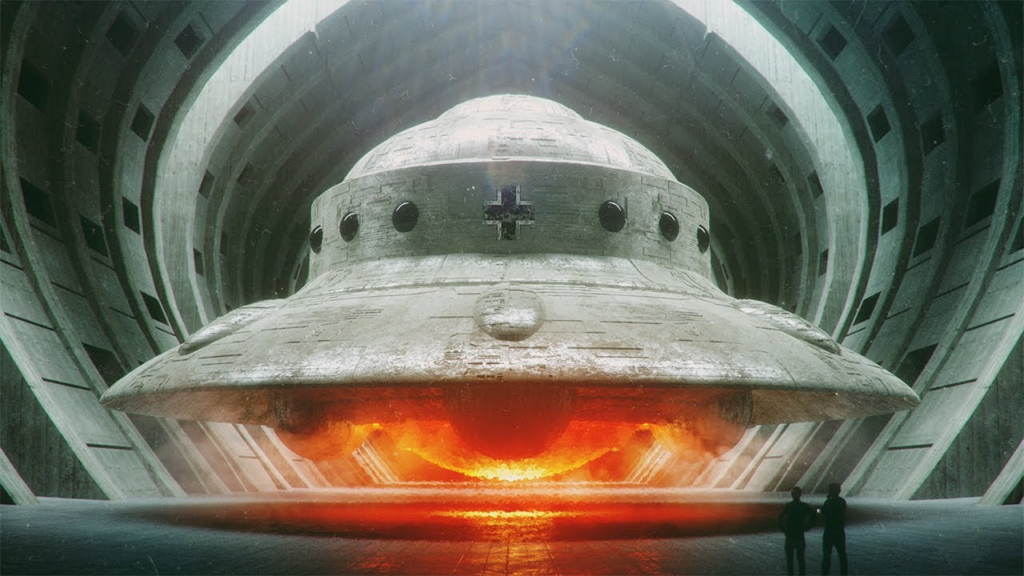
INTRODUCTION:
Antigravity propulsion is a theoretical concept that suggests the possibility of counteracting the force of gravity using advanced technology or unknown physics principles. Unlike conventional propulsion systems that rely on thrust generated through combustion or reaction forces, antigravity propulsion aims to negate or manipulate gravitational forces to achieve motion without the need for traditional fuel-based systems. While currently unproven, this concept has been explored in physics, science fiction, and experimental research.
WORKINGS:
Although no scientifically verified method of antigravity exists, researchers and theorists propose several possible approaches:
- Electromagnetic Fields: Some theories suggest that strong electromagnetic fields, especially superconductors or rotating magnetic fields, could reduce the effects of gravity.
- Warp Field or Spacetime Manipulation: Inspired by Einstein’s General Relativity, some proposals explore the idea of bending or manipulating spacetime to create repulsion effects.
- Quantum Vacuum Fluctuations (Zero-Point Energy): Some physicists hypothesize that manipulating quantum fluctuations might create a force that counteracts gravity.
- Exotic Matter & Negative Energy: Theoretical physics suggests that materials with negative mass or energy could repel gravitational forces, possibly leading to antigravity effects.
Advantages:
- Fuel-less Propulsion: If achieved, antigravity propulsion could eliminate the need for fuel-based engines, making space travel highly efficient.
- High-Speed Travel: Theoretically, it could allow near-light-speed travel by overcoming gravitational resistance.
- Energy Efficiency: A properly functioning antigravity system would require significantly less energy compared to traditional propulsion methods.
- Revolutionary Transportation: Could lead to futuristic vehicles that defy gravity, such as hovering cars and spacecraft.
Disadvantages:
- Theoretical & Unproven: No experimental proof exists for practical antigravity propulsion.
- Requires New Physics: Current physics does not provide a concrete mechanism to achieve antigravity.
- High Energy Requirements: Theoretical concepts like warp drives or manipulating spacetime require enormous energy levels beyond current capabilities.
- Ethical & Safety Concerns: If discovered, antigravity technology could have unpredictable consequences, including potential weaponization.
Conclusion:
Antigravity propulsion remains an exciting yet highly speculative area of research. While concepts exist in theoretical physics and science fiction, there is currently no experimental evidence or practical technology to achieve it. However, continued research into quantum mechanics, advanced materials, and energy fields may one day bring breakthroughs in this field.
REFERENCE:

